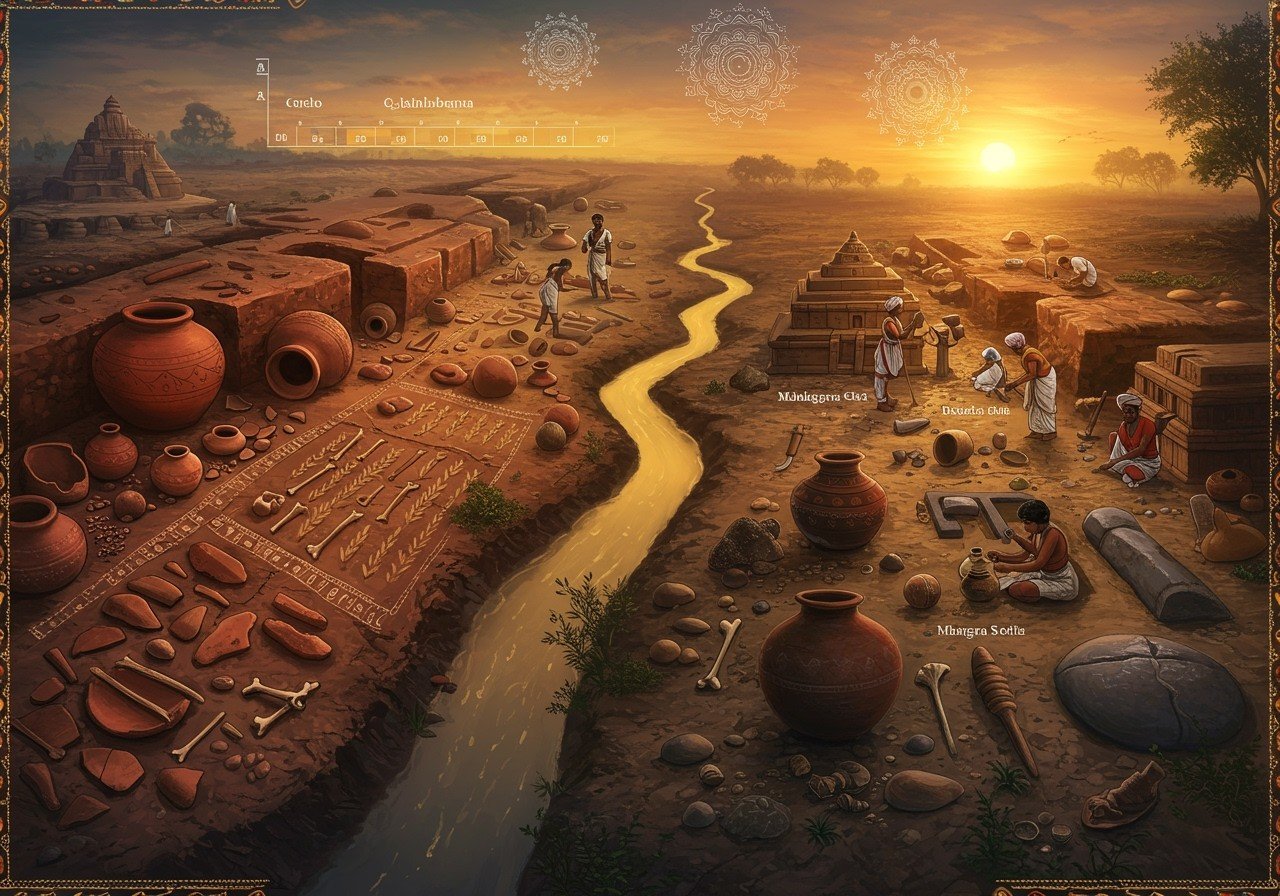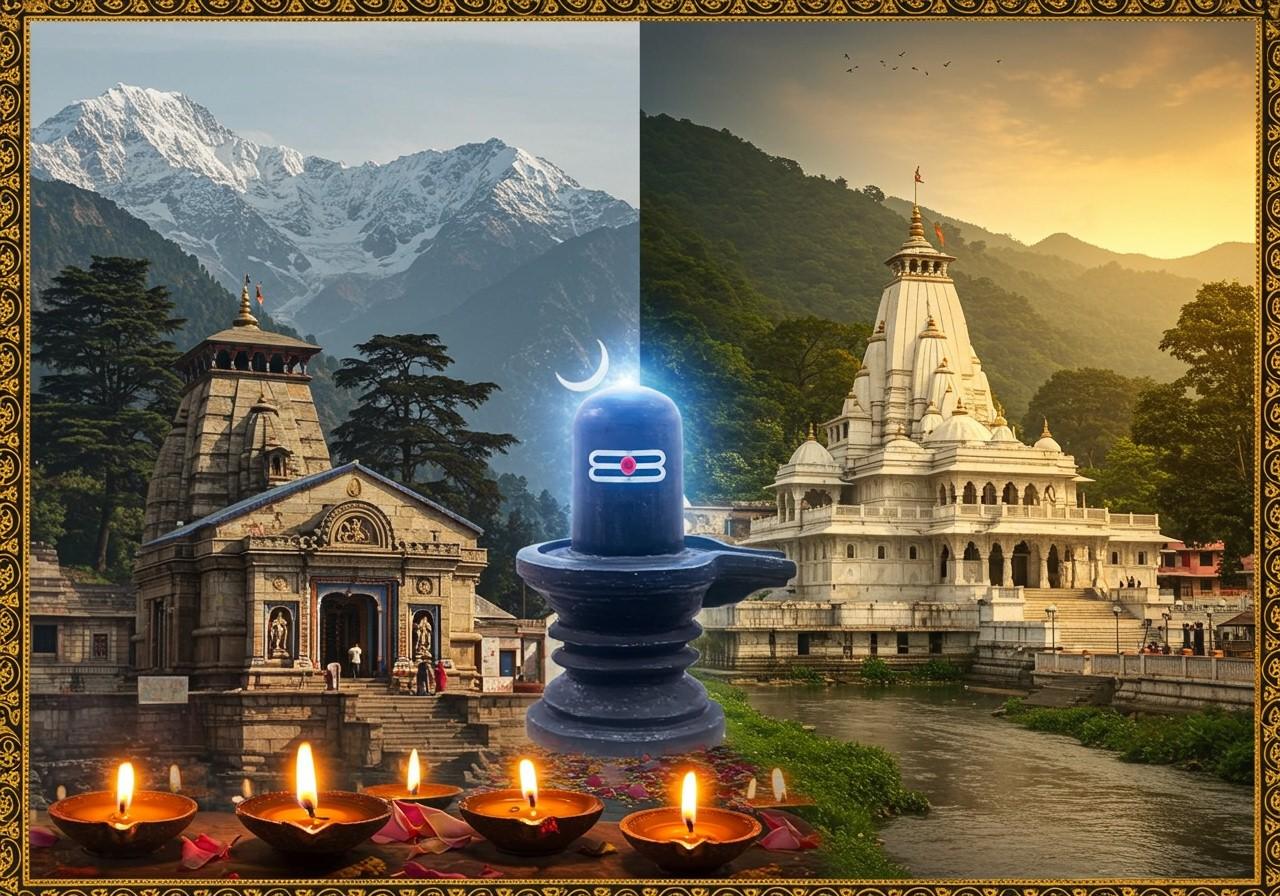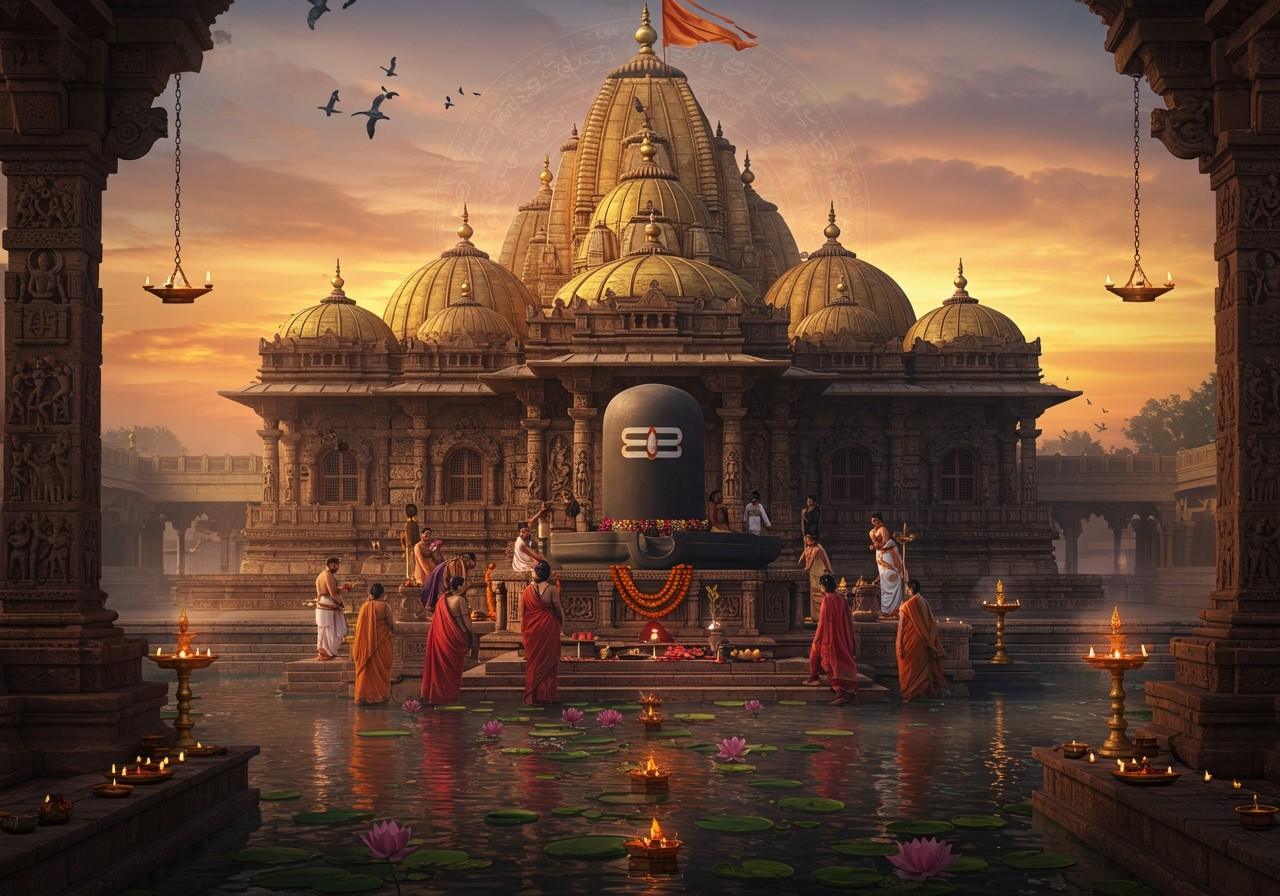
Koldihwa and Mahagara stand as significant landmarks in India’s prehistory. These Neolithic sites offer invaluable glimpses into the lives of early agricultural communities, showcasing advancements in farming, animal domestication, and societal development. This article delves into a comparative analysis of these sites, exploring their historical context, archaeological discoveries, and cultural implications.
Geographical Setting and Historical Context
Located in Uttar Pradesh, Koldihwa lies within the Allahabad district, while Mahagara is situated in the nearby Belan Valley. Both sites fall within the Vindhyan region, renowned for its rich prehistoric legacy. The Belan River, a lifeline for early settlements, provided crucial resources like water and fertile land. Archaeological investigations at these sites commenced in the mid-20th century, with notable excavations spearheaded by archaeologists like V.D. Misra.

Archaeological Discoveries
Koldihwa and Mahagara have yielded a treasure trove of artifacts that shed light on Neolithic life. Koldihwa boasts some of the earliest evidence of rice cultivation in India, dating back to around 7000 BC. The pottery unearthed at both sites displays variations in style and technique, with Koldihwa exhibiting more intricate decorations. Tools and agricultural implements reveal early farming practices, while animal remains provide insights into domestication patterns and dietary habits.

Cultural and Social Structures
The Neolithic communities at Koldihwa and Mahagara established permanent settlements characterized by structured dwellings. Agriculture and animal husbandry formed the backbone of their subsistence strategies. Archaeological evidence, such as artifact distribution and burial practices, suggests the presence of social hierarchies and a division of labor. Certain artifacts and structural remains hint at the existence of religious and ritualistic practices within these communities.

Technological Advancements
Both sites showcase evidence of significant technological progress during the Neolithic era. Tools crafted from stone and bone demonstrate advanced manufacturing techniques. Pottery production witnessed innovations like the introduction of the potter’s wheel and sophisticated firing methods. Advancements in agriculture included the development of irrigation systems and crop management techniques. The presence of trade networks suggests the exchange of technology and goods among different communities.
Environmental and Ecological Influences
Environmental factors played a crucial role in shaping the development of Koldihwa and Mahagara. The Belan River served as a vital source of water for agricultural purposes. Climatic conditions during the Neolithic period influenced settlement patterns. Evidence of environmental changes, such as deforestation and soil erosion, highlights the impact of human activities on the landscape. These communities developed adaptive strategies to cope with environmental challenges.

Comparison with Mehrgarh and other Neolithic Sites
Mehrgarh, a prominent Neolithic site in present-day Pakistan, offers a point of comparison with Koldihwa and Mahagara. Similarities in pottery styles, tools, and agricultural practices suggest cultural connections across the region. However, differences in settlement layouts, burial customs, and religious beliefs highlight unique cultural characteristics. Technological advancements and environmental factors influenced the development of each site, reflecting common challenges and adaptive strategies employed by Neolithic communities. Similar comparisons can be drawn with other Neolithic sites in India, such as Bhirana in Haryana, and those in Central-Eastern India like Kuchai, Golbaisasan, and Sankarjang, which share similarities with complexes in East and Southeast Asia. The Neolithic period in South India (6500 BC to 1500 BC), evidenced by sites like Burzahom in Kashmir, further diversifies the picture of early settlement and agricultural practices. The challenges in studying these sites, due to natural and human-induced deterioration, underscore the importance of preservation efforts.

Connecting with India’s Neolithic Heritage through Poojn.in
For those seeking to connect with the spiritual and cultural legacy of Neolithic India, Poojn.in offers a curated selection of authentic products:
- Copper and Bronze Items: Explore our collection of traditional metalware, reminiscent of the items used in ancient rituals and daily life during the Neolithic period. These pieces serve as both beautiful artifacts and functional tools for those interested in traditional practices.
- Earthen Products: Discover our range of clay and earthenware, echoing the pottery traditions that flourished in Neolithic settlements like Koldihwa and Mahagara. These pieces connect us to the artistry and craftsmanship of our ancestors.
- Sacred Items: Browse through our selection of ritual items, carefully chosen to reflect the spiritual practices that have evolved from ancient traditions. These items can enhance your personal connection to India’s rich spiritual heritage.
Visit Poojn.in to explore our complete collection. We are committed to secure delivery, ensuring the authenticity of our products, and protecting your privacy and data rights. For any inquiries, please contact us at [email protected] or through our website contact form.


